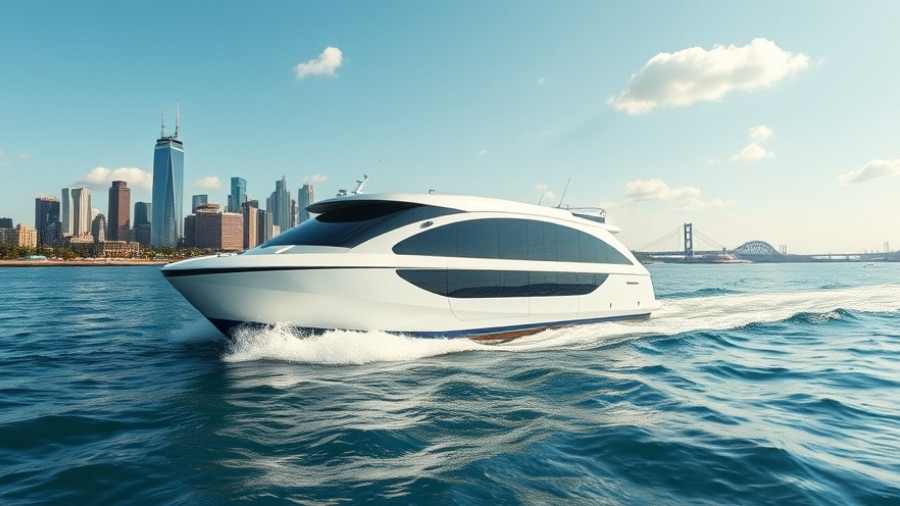
Understanding OBBBA and Its Implications for Offshore Energy
The signing of the One Big Beautiful Bill Act (OBBBA) marks a significant turning point for the offshore energy sector, a mixed bag of opportunities particularly for oil and gas over wind energy. As both the National Ocean Industries Association (NOIA) and Oceantic Network highlight, how this legislation unfolds will impact energy security, economic stability, and environmental initiatives.
Offshore Oil and Gas: The Primary Beneficiaries
Erik Milito, president of NOIA, has heralded the new law as a major milestone for the Gulf of America, asserting that it brings back much-needed certainty in offshore oil and gas leasing. This stability is seen as crucial in unlocking investments crucial for both national security and affordable energy for American citizens. The economic ripple effect of a robust offshore leasing program, according to Milito, extends beyond just energy production; it supports jobs and vital supply chains that nourish communities across the country.
The Shifting Landscape for Offshore Wind
While the OBBBA is a boon for oil and gas, it has also raised concerns among advocates for offshore wind. The Oceantic Network insists that the bill complicates the landscape for renewable projects by instituting more stringent deadlines for tax credit eligibility. Developers must start construction on offshore wind projects by mid-2026 or complete them by the end of 2027 to secure tax incentives previously extended to the next decade.
Liz Burdock of the Oceantic Network expressed frustration with what she perceives as a deprioritization of domestic clean energy production. According to Burdock, this legislative change risks increasing energy prices and undermining job growth in renewable sectors. However, there is optimism as the one-year timeframe for securing tax credits has been hailed as a small victory amidst challenges.
Financial Implications for Industry Players
Both associations emphasize the need for stability in policies affecting energy production. The financial uncertainty created by the recent changes in the tax code could create headwinds that jeopardize future investments in offshore wind and the supporting infrastructure industries like shipbuilding and port operations dependent on a strong offshore sector.
Milito urges governmental collaboration across party lines to strengthen tax certainty and streamline permitting processes essential for revitalizing America’s energy output overall, not just in oil and gas. This challenge is not just about energy but about ensuring economic viability across multiple sectors.
Looking Ahead: What Does the Future Hold?
The energy landscape is rapidly evolving, and stakeholders in both oil and wind sectors are adapting to OBBBA’s implications. As the bill lays the foundation for energy leadership from the Gulf, it simultaneously mandates a focus on ensuring the sustainability of future offshore wind projects.
The call for broader outreach in policy-making is clear; stakeholders must advocate for more comprehensive policies to support diverse energy types. This strategic foresight will be crucial for maintaining the momentum needed to meet escalating energy demands and address rising costs.
Calls for Action and Policy Reform
In light of these developments, industry leaders are galvanizing support for stable policy frameworks that will facilitate growth in clean energy sectors, thus ensuring the U.S. can maintain its competitive edge against countries like China. As companies navigate these changes, it’s crucial for them to participate actively in discussions that shape the policies governing the energy landscape in the U.S.
In conclusion, the OBBBA serves as both an opportunity and a challenge for the offshore energy sector, especially regarding how it balances policy frameworks that foster both fossil fuel and renewable energy development. Stakeholders must engage in proactive dialogue to secure the future of all offshore energy industries, ensuring a balanced and comprehensive approach to energy security and environmental responsibility.
 Add Row
Add Row  Add
Add 




Write A Comment